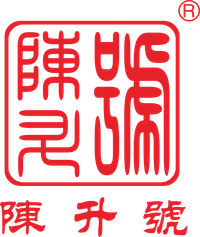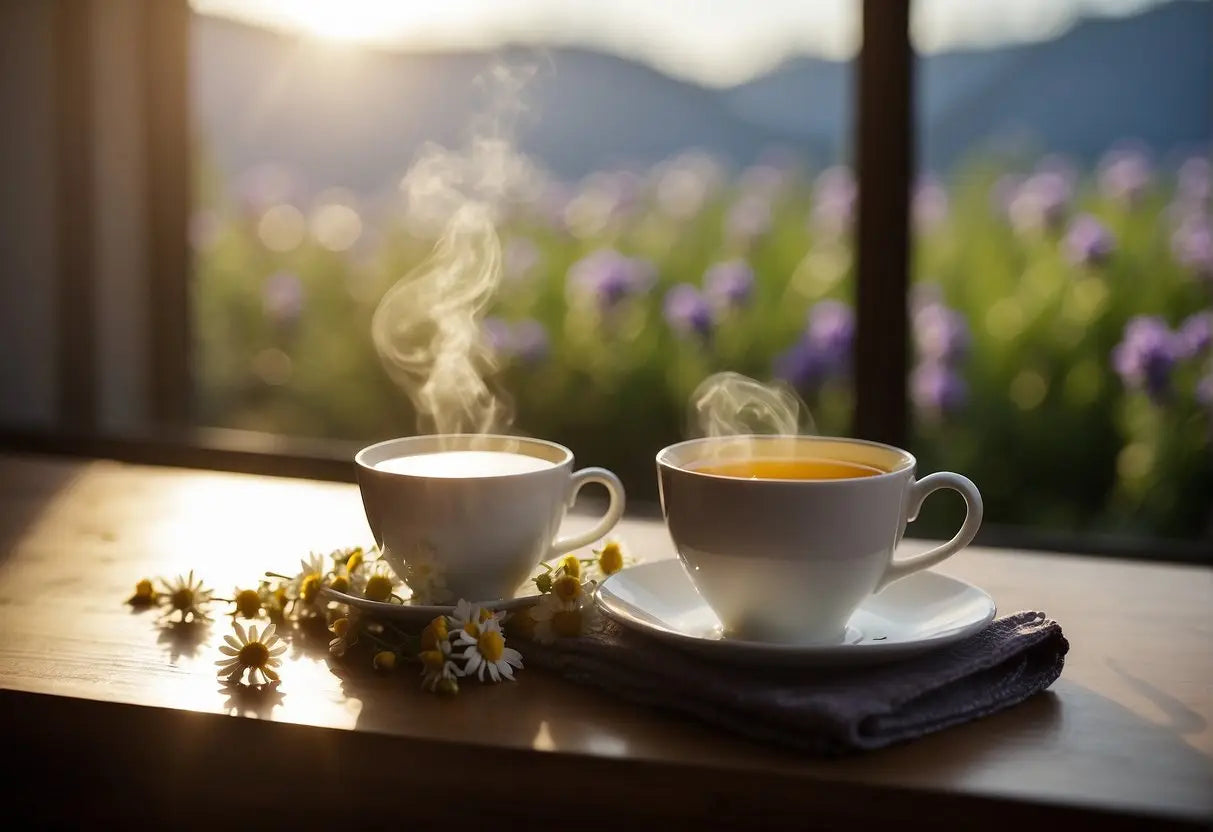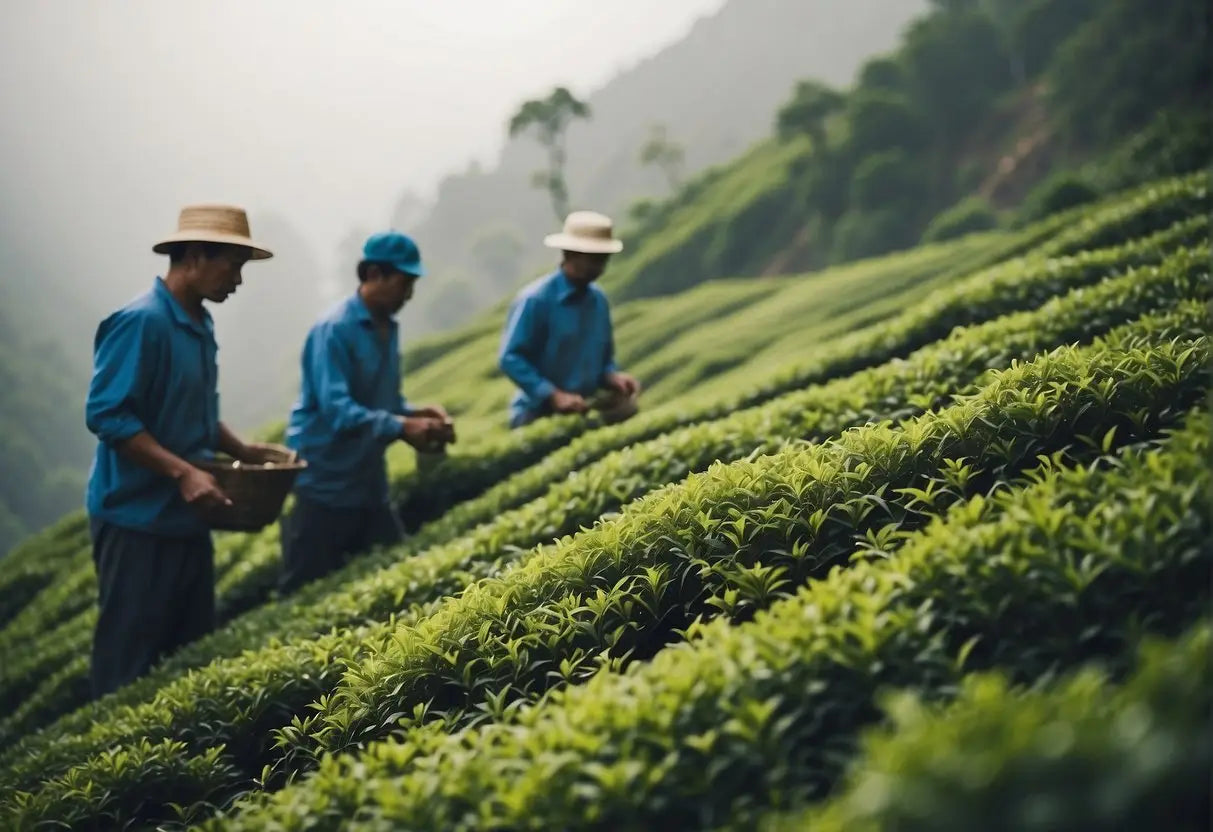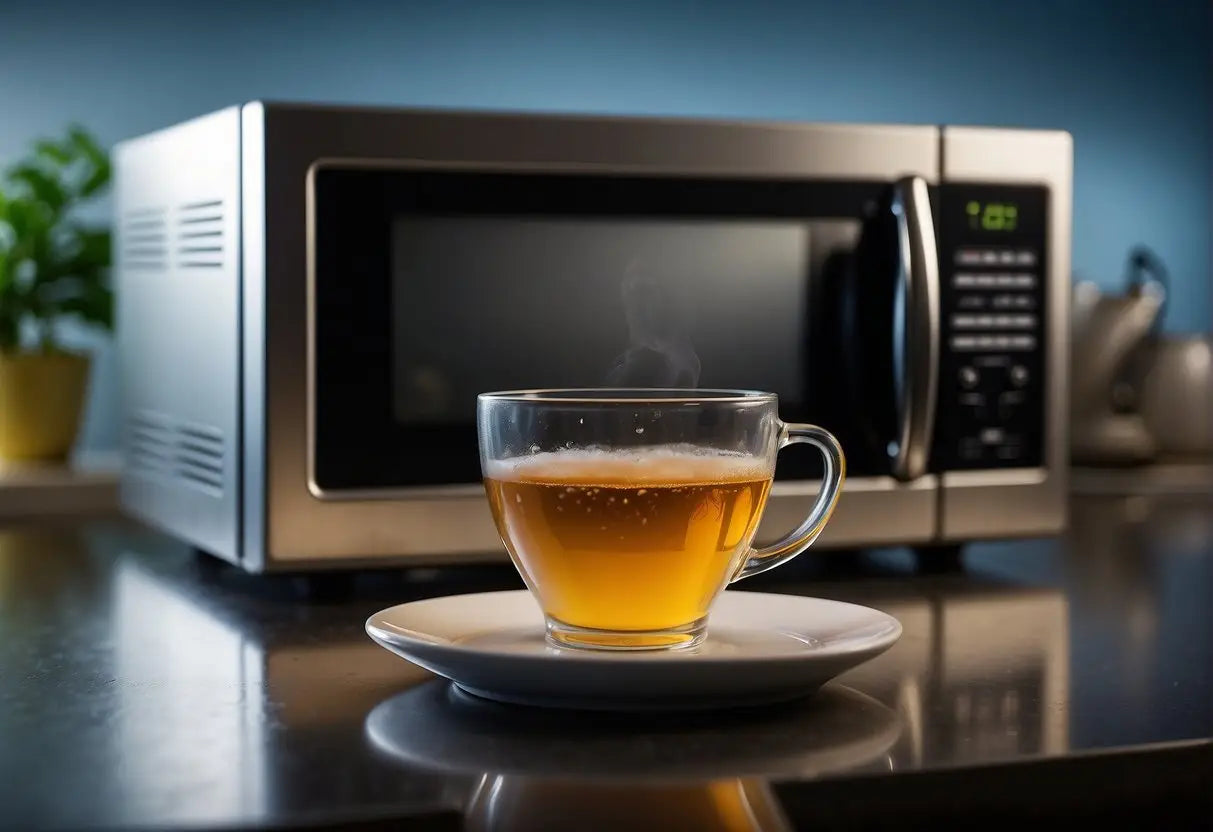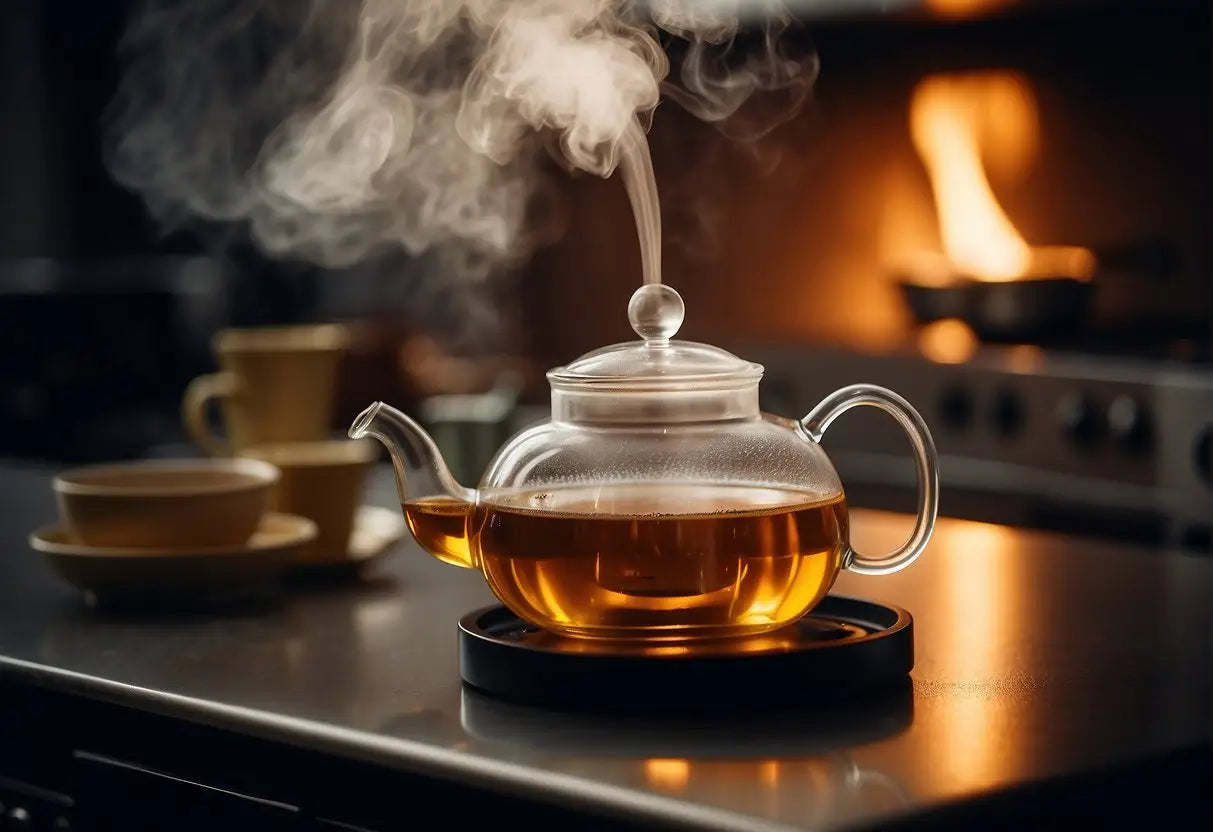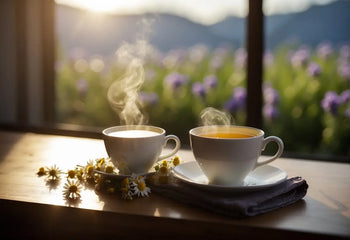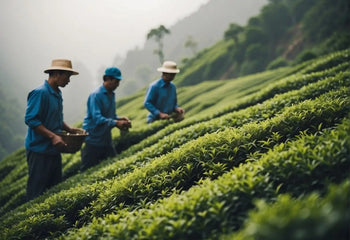What Tea is Good for Headaches
Headaches can be both debilitating and disruptive to your daily life. Among the various remedies, certain teas have properties that may help alleviate headache symptoms. Types of Headaches Headaches are generally classified into several types, each with its own set of causes, symptoms, and impacting factors: Tension Headaches: The most common form, characterized by a dull, aching sensation all over the head. Migraines: Often intense and throbbing, migraines can be accompanied by nausea and sensitivity to light or sound. Cluster Headaches: Marked by severe burning and piercing pain, they occur around or behind one eye and happen in series. Benefits...
Where Does Tea Come From
Tea is believed to have originated in the region encompassing North Burma and Southwest China. The practice of tea drinking dates back to the Shang dynasty in China, where it was consumed for medicinal purposes. By the Tang dynasty, it became widely popular as a recreational drink. Discoveries and historical texts suggest that tea plants (Camellia sinensis) were first cultivated in China, with evidence pointing to Yunnan Province as the cradle for these plants. Here, the tea was processed from the leaves of wild trees. As you travel through time, you find that the use of tea later spread to...
How Long to Microwave Water for Tea
Shop our Pu Erh Tea collections! When you heat water for tea in a microwave, the process involves microwave radiation, a form of energy that causes water molecules to vibrate rapidly. This vibration generates heat through friction, which raises the temperature of the water. Microwave Power Levels and Water Temperature: Low (30-50% power): Suitable for gentle heating. Water heats more evenly but takes longer. Medium (50-80% power): Balances speed and even heating. Good for most purposes. High (100% power): Heats water quickly but can cause uneven heating and superheating. Preventing Superheating: Superheated water is water heated past its boiling point...
How to Steep Tea
Proper tea steeping unlocks the full flavor and potential health benefits of your tea leaves. Key factors include the type of tea, water temperature, and steeping time. Types of Tea Black Tea: Fully oxidized, robust flavor. Optimal Temperature: 95-100°C (203-212°F) Steeping Time: 3-5 minutes Green Tea: Minimally oxidized, delicate taste. Optimal Temperature: 75-80°C (167-176°F) Steeping Time: 2-3 minutes White Tea: Least oxidized, subtle and sweet. Optimal Temperature: 65-70°C (149-158°F) Steeping Time: 4-5 minutes Oolong Tea: Partially oxidized, diverse flavors. Optimal Temperature: 80-85°C (176-185°F) Steeping Time: 3-5 minutes Herbal Tea: Not from the Camellia sinensis plant, varied ingredients. Optimal Temperature: 95-100°C...
Recent articles
